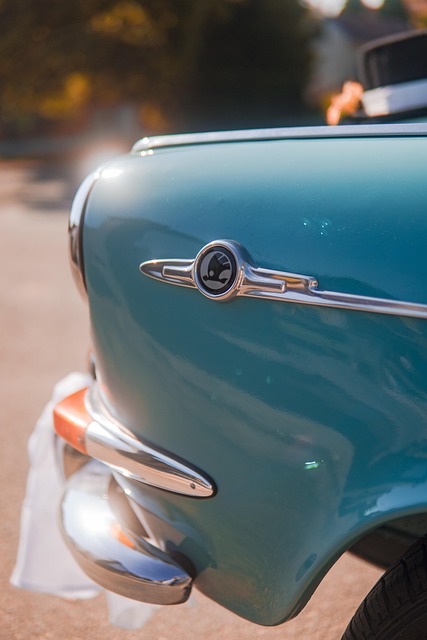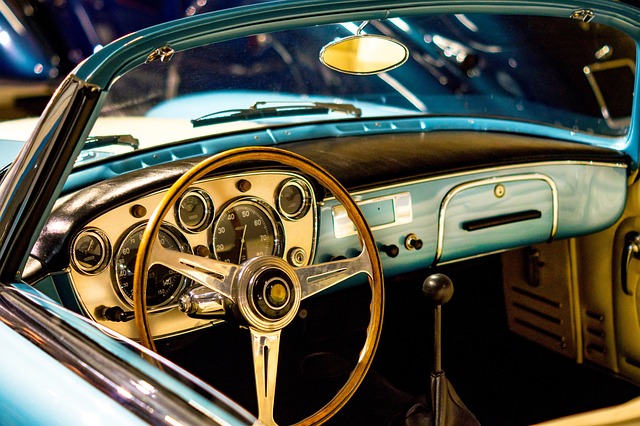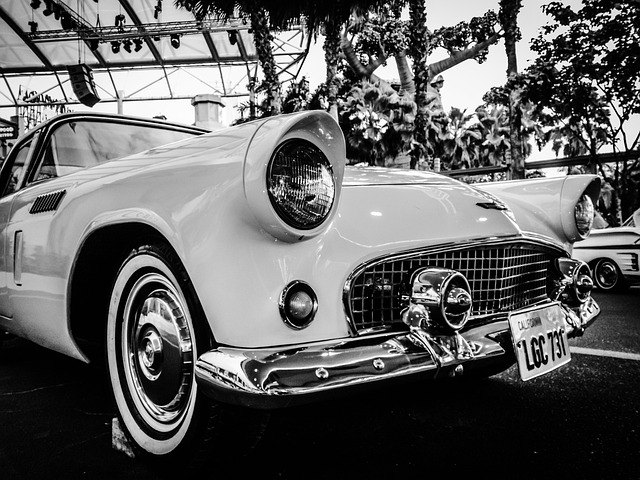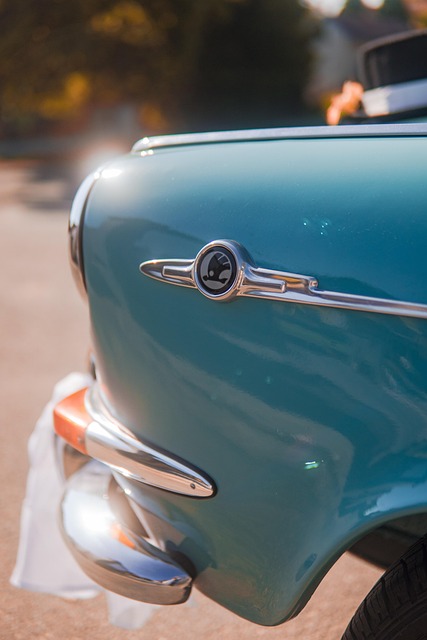When deciding between enclosed and open car transport for auctions, consider the vehicle's value and condition. Enclosed carriers offer superior weatherproof protection ideal for classics or high-value cars but are more expensive. Open transport is significantly cheaper but provides less safeguard, suitable for bulk lower-value vehicles. Auctioneers can optimize costs by leveraging open transport for non-delicate cars while negotiating rates and consolidating shipments to reduce per-car fees without compromising safety or speed.
Looking to transport cars for auctions on a budget? Navigating the options can be a challenge, but understanding the differences between enclosed and open car shipping is key. This comprehensive guide breaks down the pros and cons of each method, offering valuable insights to help you make an informed decision. Discover cost-saving strategies and expert tips to ensure efficient and affordable auto transportation for your auction events.
- Understanding Car Transport Options for Auctions
- Pros and Cons of Enclosed vs. Open Car Shipping
- Strategies for Cost-Effective Auto Transportation
Understanding Car Transport Options for Auctions

When it comes to transporting cars for auctions, there are two primary options: enclosed and open car transport. Understanding the differences between these methods is crucial for buyers and sellers alike. Enclosed carriers provide an additional layer of protection, ideal for high-value or classic vehicles that require utmost care during transit. These fully enclosed trucks protect cars from direct exposure to weather conditions and potential road debris, ensuring they arrive at the auction in pristine condition.
On the other hand, open car transport is more cost-effective but offers less protection. Suitable for more common vehicles or those with lower value, open carriers expose the cars to the elements, making them vulnerable to scratches, dents, or even extreme weather conditions. However, open transport can be efficient and faster due to the lack of loading and unloading time required for enclosed carriers, often making it a budget-friendly choice for auction participants.
Pros and Cons of Enclosed vs. Open Car Shipping

When considering budget-friendly car transport for auctions, a key decision is whether to opt for enclosed or open car shipping. Enclosed transport offers several advantages. It provides maximum protection for vehicles, shielding them from direct exposure to weather conditions and potential road hazards. This is especially beneficial for classic cars, antiques, and vehicles with intricate detailing that could be damaged by elements or rough handling. Additionally, enclosed carriers often ensure a smoother ride, reducing the risk of mechanical issues due to excessive jostling.
However, open car transport has its own set of benefits, particularly when it comes to cost-effectiveness. It’s significantly cheaper than enclosed shipping as there’s no need for an enclosed structure. This makes it an appealing option for those on a tight budget. Moreover, open carriers allow for the transportation of larger vehicles or those with unique dimensions that might not fit inside an enclosed trailer, offering more flexibility in certain scenarios.
Strategies for Cost-Effective Auto Transportation

When it comes to budget-friendly car transport for auctions, one of the primary strategies is choosing between enclosed and open transport methods. Enclosed carriers offer a secure, weatherproof environment, ideal for high-value or classic cars that require protection during transit. However, they come at a higher cost due to their robust construction and additional safety features. Open transport, on the other hand, is more affordable as it exposes the vehicles to the elements but is suitable for bulk transportation of lower-value cars or those in need of quick movement.
Auctioneers can further reduce costs by strategically planning routes, consolidating shipments where possible, and negotiating rates with carriers. Sticking to direct routes minimizes fuel expenses, while combining multiple vehicle transports can lower per-car fees. Additionally, using open transport for non-delicate vehicles allows for significant savings without compromising on speed or safety, especially when dealing with a high volume of cars.
When it comes to budget-friendly car transport for auctions, understanding the differences between enclosed and open shipping methods is key. Both options have their advantages and disadvantages, with enclosed transport offering protection from elements and potential damage, while open transport provides cost savings due to its more exposed nature. By strategically considering factors like vehicle condition, weather, and distance, you can implement cost-effective strategies for auto transportation, ensuring a seamless and economical experience for your auction needs.
